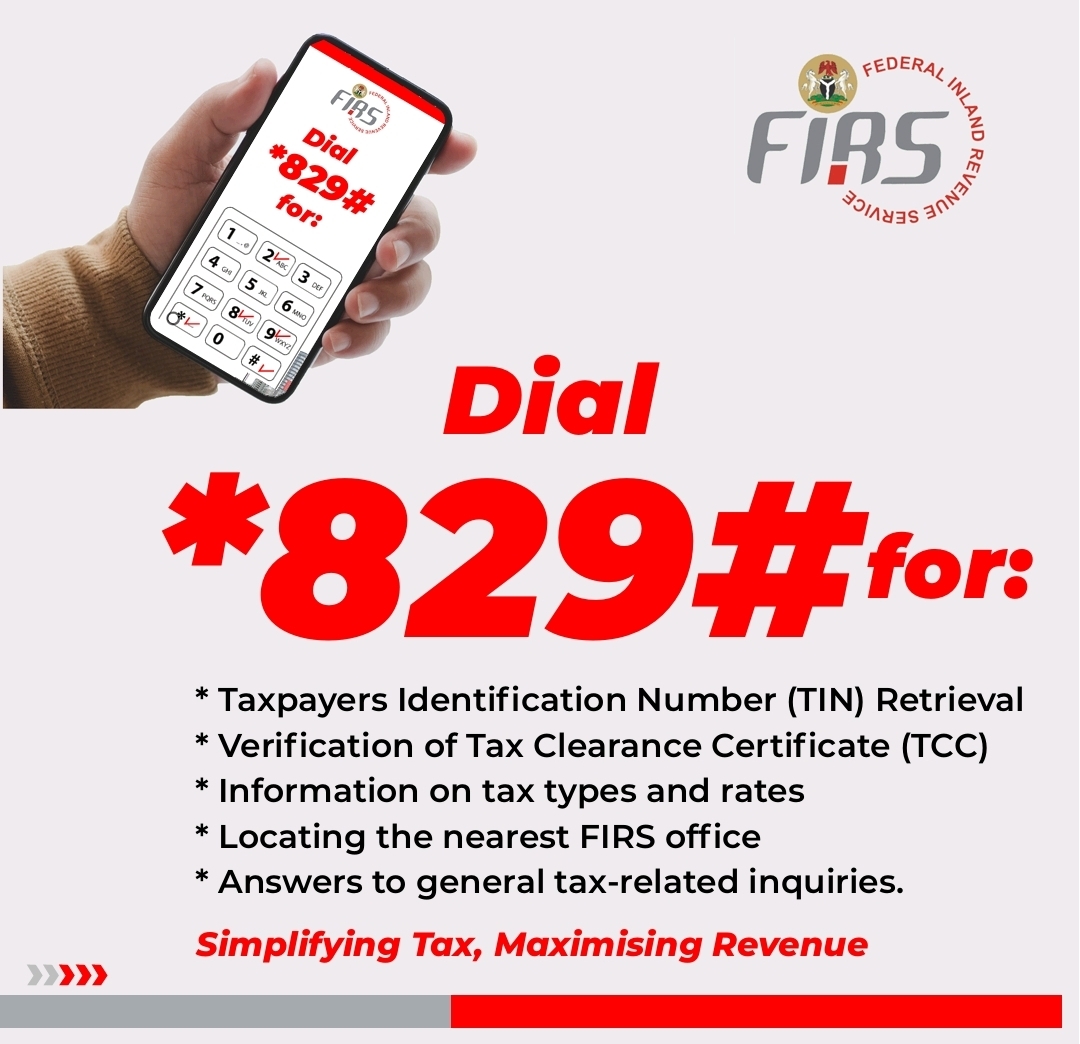Handicapped signage plays a critical role in creating accessible and inclusive environments for everyone. These signs not only guide individuals with disabilities but also demonstrate a commitment to meeting accessibility standards. Here’s why handicapped signage is essential in public spaces and how it benefits the community as a whole.
Promoting Accessibility for All
Handicapped signage ensures that individuals with disabilities can navigate public spaces with ease. Whether it’s locating accessible parking spots, restrooms, or building entrances, these signs provide clear and visible guidance. Accessibility signage is a cornerstone of inclusive design, allowing everyone to participate fully in public life.
By promoting accessibility, businesses and organizations foster a welcoming environment for all visitors, including those with mobility challenges. Without proper signage, individuals with disabilities may face unnecessary obstacles that hinder their ability to access essential services and facilities. Implementing these signs is a practical and compassionate way to make a space usable for all.
Meeting ADA Compliance Standards
The Americans with Disabilities Act (ADA) establishes guidelines for signage in public spaces to ensure accessibility for individuals with disabilities. Handicapped signage must meet specific requirements, such as using high-contrast colors, braille, and appropriate placement. Compliance with these standards is not only a legal obligation but also a demonstration of social responsibility.
Failure to comply with ADA requirements can lead to financial penalties and damage to an organization’s reputation. Beyond legal considerations, adhering to these standards showcases a commitment to equity and inclusion. For businesses, compliance signals that they care about meeting the needs of all customers and employees, which can build trust and goodwill within the community.
Enhancing Navigation and Safety
Clear handicapped signage improves navigation within complex environments like hospitals, shopping centers, and transportation hubs. Signs that indicate wheelchair-accessible routes, elevators, and ramps help individuals with disabilities move through spaces confidently and safely.
Additionally, well-placed signage reduces confusion and ensures that emergency exits and safety features are easily identifiable for all visitors. During emergencies, accessible signage can be life-saving by directing individuals to safe zones or accessible exits. This feature benefits not only individuals with disabilities but also families with strollers, elderly visitors, and others who may require additional assistance.
Creating a Positive Brand Image
Businesses that prioritize accessibility send a strong message about their values. Installing handicapped signage reflects a commitment to inclusivity, earning trust and loyalty from customers. A positive brand image can lead to increased foot traffic, as more people feel comfortable visiting and recommending your business.
Moreover, an accessible space attracts a diverse clientele, enhancing community engagement and fostering goodwill. Many consumers now actively support businesses that demonstrate social responsibility, and accessible design is a visible and impactful way to show that commitment. Handicapped signage is a simple yet powerful tool for creating a positive perception of your brand.
Choosing the Right Signage
When selecting handicapped signage, it’s important to choose durable materials that withstand weather conditions, especially for outdoor use. High-contrast colors, clear symbols, and braille are essential features to ensure visibility and readability for all users. Collaborating with professional signage providers ensures that your signs meet both functional and legal requirements.
Regular maintenance and updates are also necessary to keep signage in good condition and compliant with evolving standards. Over time, signs may fade, become damaged, or lose their effectiveness. Periodic assessments ensure that your signage continues to meet the needs of your space and its visitors.
The Broader Impact of Accessible Signage
Accessible signage does more than meet individual needs; it promotes a culture of inclusion and equality. Public spaces that prioritize accessibility set a standard for other organizations and communities to follow. This ripple effect contributes to a more equitable society where everyone, regardless of ability, can access the same opportunities and resources.
Investing in handicapped signage sends a message that accessibility is not an afterthought but a priority. It reflects an understanding of diverse needs and a willingness to adapt spaces to accommodate everyone. This broader impact can inspire other businesses and institutions to make similar commitments to inclusion.
Handicapped signage is a fundamental aspect of creating accessible and inclusive public spaces. By promoting accessibility, meeting compliance standards, and enhancing navigation, these signs benefit individuals and communities alike. Whether you’re managing a business or designing a public facility, investing in high-quality handicapped signage is a meaningful step toward building a more inclusive world. Take action today to ensure your spaces are accessible and welcoming to everyone.






















